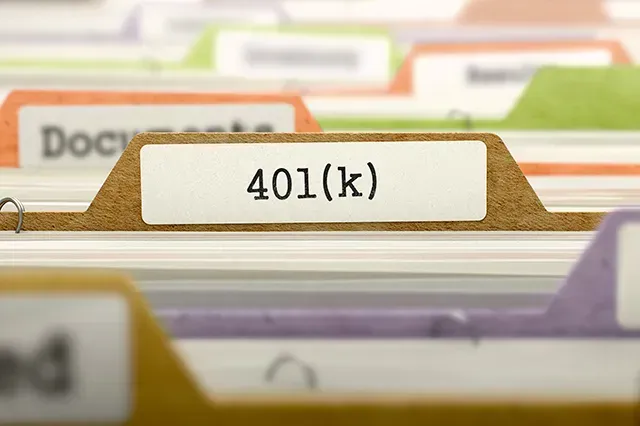
Over $1.65 Trillion Left Behind: Why You Shouldn't Ignore Your Old 401(k) Accounts
When you change jobs, your old 401(k) may be the last thing on your mind—but leaving it behind could be a costly mistake. As of 2023, there are over 29.2 million forgotten 401(k) accounts holding approximately $1.65 trillion in assets. Neglecting these accounts can result in high fees, lost growth opportunities, and poor financial management. Here’s why you should take action and what steps to follow (401(k) Specialist Magazine).
How an Abandoned 401(k) Affects Your Retirement Savings
When you leave a 401(k) with a previous employer, you risk losing track of it. Over time, this neglect can:
Cause Losses from High Fees: Many 401(k) plans charge administrative and investment fees that can drain your savings. Fees typically range between 0.5% and 2% annually, and over decades, even a 1% difference in fees could reduce your balance by nearly 28% (Investopedia).
Lead to Poor Investment Performance: Your old employer might make changes to the plan, leaving you in a fund that no longer aligns with your goals or risk tolerance.
Create Difficulty in Managing Retirement Assets: Having multiple 401(k) accounts scattered across different employers can make it harder to track progress, optimize investments, and develop a cohesive retirement strategy.
How to Locate an Old 401(k)
If you suspect you have an old 401(k) from a previous employer, follow these steps to track it down:
Check Your Old Pay Stubs & Tax Forms – Look for 401(k) contributions on past W-2 forms.
Contact Your Former Employer – Their HR or benefits department can guide you to the plan provider.
Search the National Registry of Unclaimed Retirement Benefits – This database helps locate unclaimed accounts.
Use the Department of Labor’s Lost Plan Database – The DOL offers a resource for tracking missing retirement funds (MarketWatch).
Review Past Account Statements – Look for provider information and contact them directly.
Schedule Your Free Consultation
What to Do Once You Find Your Old 401(k)
Once you’ve located your old 401(k), consider these options:
Roll It Over to Your Current Employer’s 401(k) – This keeps your savings consolidated, making it easier to manage and potentially reducing fees.
Transfer It to an IRA – Rolling over into an IRA gives you greater investment choices and control.
Leave It in the Existing Plan – If the plan has low fees and good investment options, keeping it where it is may be a viable choice.
Consult with a Financial Professional – A financial strategist can help evaluate your options and find the best strategy for long-term growth.
Cash It Out (Last Resort Option) – Be cautious! Early withdrawals before age 59½ typically trigger a 10% penalty plus income tax (IRS).
Take Control of Your Retirement Savings Today!
Don’t let your hard-earned money sit in an old 401(k) collecting unnecessary fees or losing growth potential. Let’s explore your options and find the best strategy to maximize your retirement savings.
Schedule a FREE consultation today to discover the right solution for you—whether that means rolling over into an IRA, consolidating accounts, or finding a tax-efficient strategy that aligns with your financial goals.
Take the first step toward securing your financial future today!
Schedule Your Free Consultation
